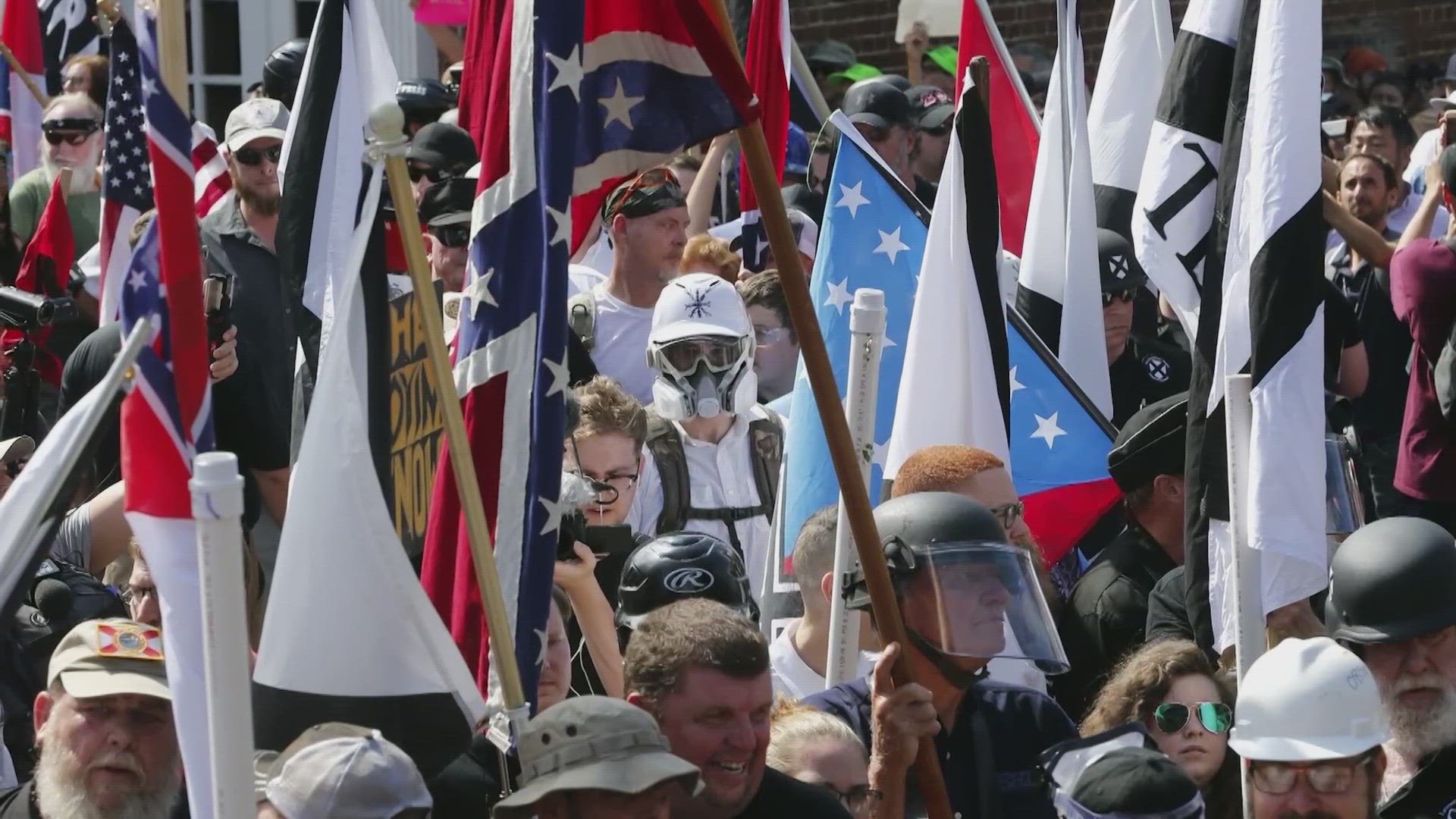ALLEN, Texas — Authorities confirmed Tuesday the Allen shooter held some neo-Nazi views, but investigators cannot yet say why he attacked the outlet mall.
Texas Department of Public Safety regional director Hank Sibley said it looked like the gunman, identified as 33-year-old Mauricio Garcia, "targeted the location, rather than a specific group of people."
Sibley said, "He was very random in the people he killed."
Still, some people expressed surprise a Latino man would espouse white supremacist views. Scholars say the phenomenon is rare, but not unheard of.
"Latinos are not a homogenous grouping," Fordham University law professor Tanya Hernandez said. "They're a pan-ethnic population with many different racial identities and ancestries."
Hernandez is a leading researcher in the field of comparative race and ethnic studies. She notes that many Latinos identify as white.
"The Black and white binary that we think of in the United States is very real in Latin America and the Spanish-speaking Caribbean," she added.
Smugglers brought far more slaves to Latin America than the region which would become the continental United States, Hernandez noted. She contends racism rooted in that history has passed from generation to generation in some families.
Hernandez added that many Nazis exiled from Europe after World War II found refuge in South America.
"There's already a homegrown element that (modern neo-Nazi groups) want to capitalize on" in Latin America, she said.
The phenomenon is not new. Thousands of Nazis who did not have blond hair and blue eyes fought to secure the social concept of an Aryan utopia.
But white supremacy is still rooted in "whiteness," says Mark Pitcavage, a senior research fellow with the Anti-Defamation League's center on extremism.
That means some extremist groups may not accept or recruit a Latino, even though that person holds extremist views. This reality requires a distinction between 'card-carrying' members of a neo-Nazi organization and people who merely espouse neo-Nazism.
It's not clear whether the Allen shooter, for example, was actually involved with a neo-Nazi organization.
"It's not like there's a trend of darker-skinned Latinos getting involved with white supremacist groups in the United States," Pitcavage added. "It's easy to be racist but not be a white-supremacist, no matter what race you are."
Some far-right organizations are openly recruiting Latinos, though. The Daily Stormer, the most popular neo-Nazi newspaper, has published articles in Spanish since 2017.
Other groups may tolerate actors who are not white.
"The Proud Boys, for instance, have been very clear they're perfectly fine with foot-soldiers not necessarily looking white as long as they ascribe to the belief that whiteness is superior," Hernandez said.
The Goyim Defense League places "anti-Semitism above all else," Pitcavage noted. Other organizations are intent on reaching white people with a Latino background.
"They're interested in any recruit who is white, looks white, and - in their opinion - acts white, regardless of what their last name might be," Pitcavage added.
A report from the Anti-Defamation League found that neo-Nazi organizations distributed more propaganda in the U.S. in 2022 than ever before.
Hate groups have spread their ideology by dropping leaflets or fliers on neighborhood lawns. Aledo and Colleyville residents discovered such pamphlets in 2021 and 2022.
"Some people view that as trying to terrorize or otherwise intimidate Latino populations," Hernandez said. "It can also be viewed as a recruiting campaign."
"You never know how someone will receive a message, she added.
Though not necessarily targeted toward Latinos, the message has reached Latinos. Social media is to blame, too, Pitcavage and Hernandez said.
"If enough eyeballs are looking at enough material, you may find some very strange attractions developing," Pitcavage added.

